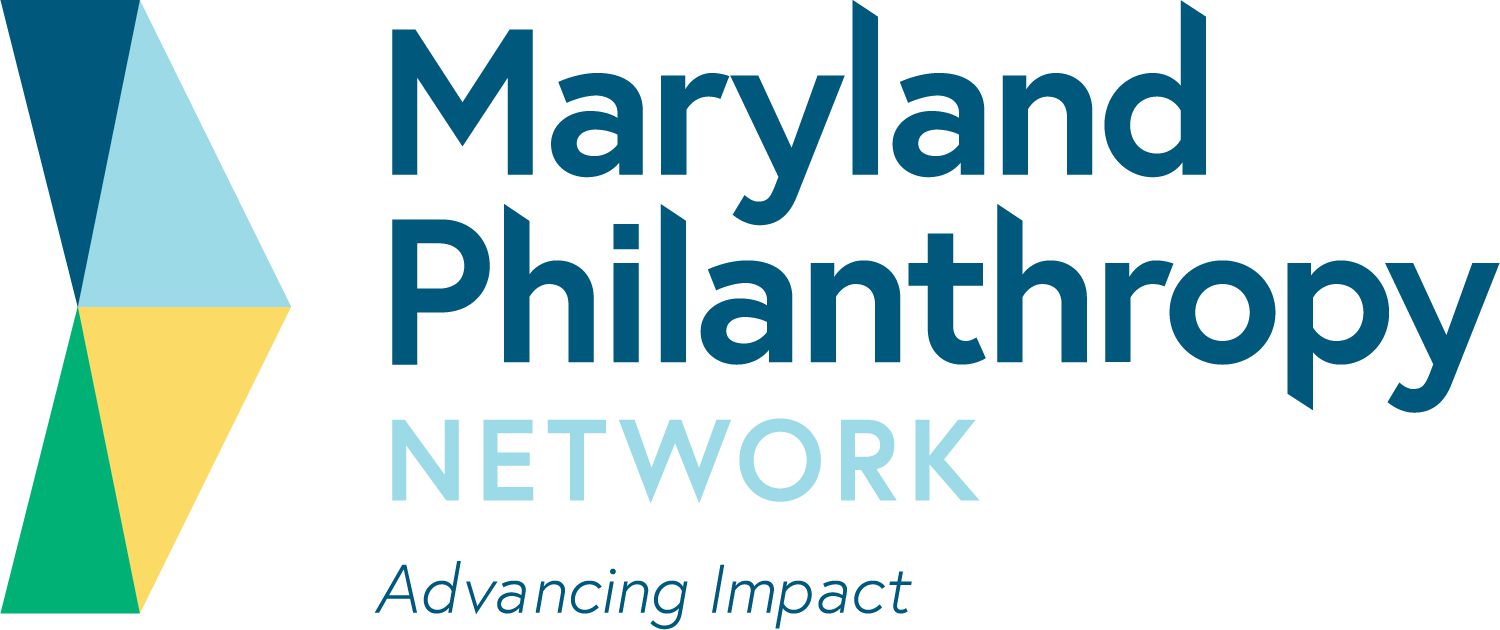Evaluating the Cost of Lead Hazard Control and Abatement in Baltimore City
The damages associated with lead exposure, especially during childhood, have been well documented. The broad consensus within epidemiology and public health is that lead exposure, even the lowest levels, causes measurable neurological damage on cognitive development, especially when it occurs in early childhood. The public health benefits of reducing lead exposure are clear.
The most common cause of lead exposure today is deteriorating lead-based paint in homes. The Maryland Department of the Environment (MDE) estimated that lead-based paint hazards accounted for 78% of all potential sources of lead exposure in Baltimore City in 2021. Several recent studies have concluded that strict enforcement and treatment of residential lead hazards contribute to lowering population blood lead levels.
This Abell Report, by Luke Scrivener, Ph.D., establishes benchmarks on the data points necessary to approach the goal of citywide lead hazard reduction and eradication by addressing two central questions:
- How many homes in Baltimore City contain dangerous lead hazards that present a risk of childhood lead exposure?
- What is the cost estimate to reduce or eradicate these lead hazards in Baltimore City’s housing stock?
There are two main types of interventions: lead hazard control, which is more limited in scope, and lead abatement, which is a more extensive intervention. The report estimates that across the city, there are 85,087 occupied housing units containing dangerous lead hazards that pose a risk of lead exposure. For these units:
- To perform lead hazard control work, the estimated base cost is between $851 million and $1.4 billion.
- For lead abatement work, it is between $2.5 billion and $4.2 billion.
As for known violations across the city, there are currently 2,104 housing units with reported lead violations, 1,138 of which are either vacant or slated for demolition. For the remaining 966 occupied housing units:
- The base cost of lead hazard reduction is between $9.7 and $16.4 million.
- For lead abatement, the cost is between $29 million and $48.3 million.
To implement these interventions at scale, the report concludes that Baltimore City will need new resources – at the federal, state, and local levels – as well as support from the private sector to tackle the urgent problem of lead paint poisoning.
Click here to read the report.
Source: Abell Foundation
FIND MORE BY:

